Sushi is by far the most famous dish in Japanese cuisine worldwide. Over the last few years, sushi gained popularity in many other countries and the number of sushi lovers is increasing. Japan is famous as the country of sushi, so where else is a better place to visit for some amazing sushi other than Japan?
Many travelers that come to Japan, have included sushi on their to-do lists. Eating the best sushi they will ever have in their lives, but also learning how to make sushi by themselves. In Japan, there are many places where you can learn more about sushi and how to make sushi, especially in Tokyo.
In this article, we will explain more of the basics about what sushi is, where it comes from, how to eat it, and where you can join sushi-making classes in Japan!
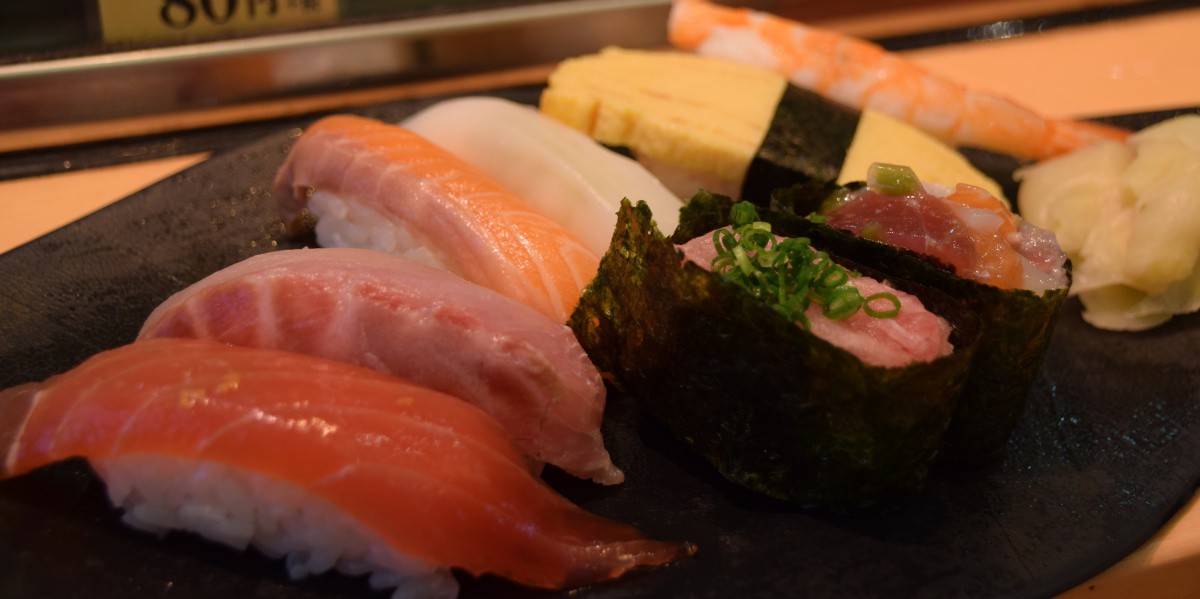
What is sushi?
Sushi is a popular Japanese style of food that uses fish (raw or cooked), and vegetables and is combined with vinegar-infused rice. Often it is eaten together with (pickled) ginger, wasabi, and soy sauce on the side.
Nowadays there is a wide variety of sushi types, and also the Western type of sushi roles exists. But when and where was sushi created?
History of sushi
Although Japanese cuisine gets full credit for what we know in the present day as sushi, it actually originates from China. Sushi was developed as a way of preserving fish that was caught during the rainy season. Mixing the fish with salt and rice was a way of preservation. The fish would ferment and be kept good for a longer period. It was a luxury dish that only the rich could afford; when the Chinese wanted to consume the fish, they would throw away the rice and just eat the fish.
In the 7th century, sushi made its way to Japan, however, the Japanese didn’t throw the rice away but instead ate the rice together with the fish. In the 17th century, during the Edo period, in an attempt to reduce the fermentation time, rice vinegar was added. This greatly diminished the time of fermentation and sushi became fast food, with many sushi stalls on the streets selling it as a quick bite. Sushi has become very popular and nowadays it can be both a quick snack as well as an exclusive dining experience.
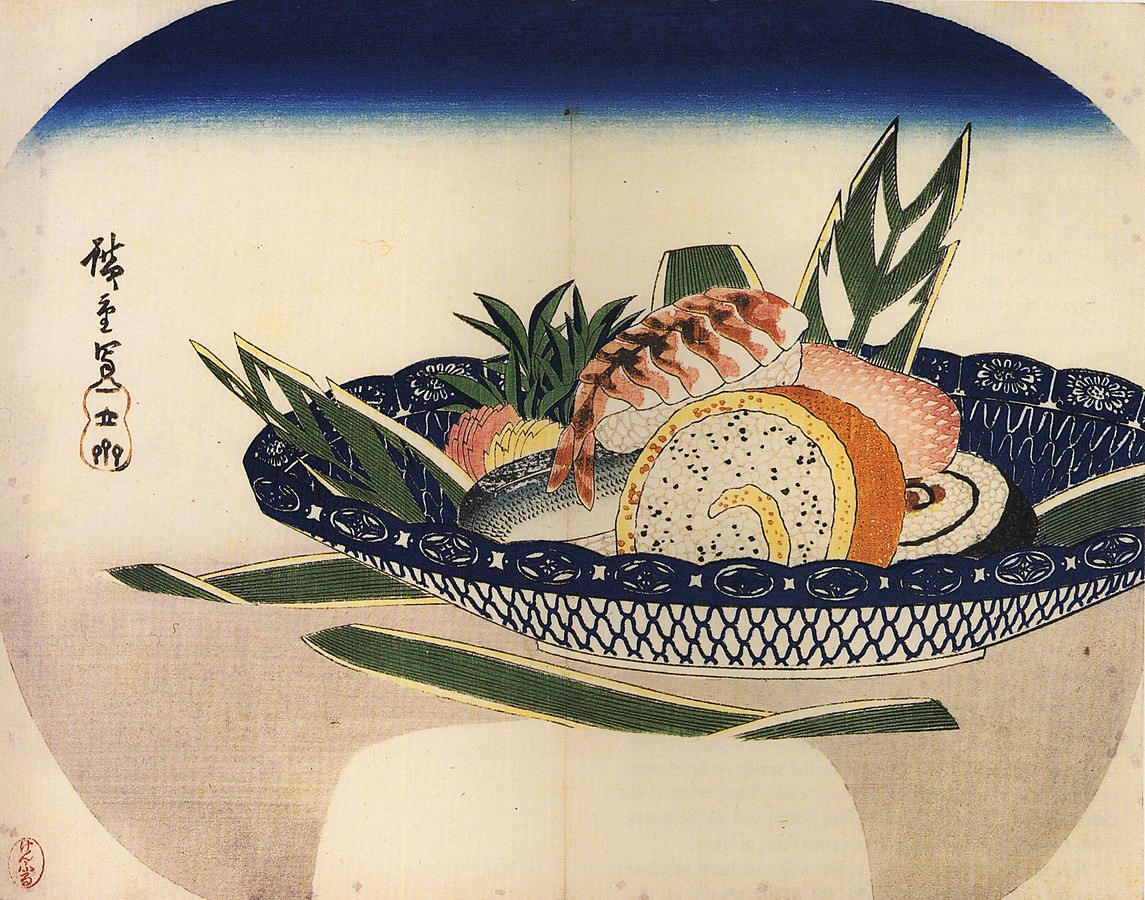
The different types of sushi
Have a look at the picture below… Do you know which one is actually sushi?
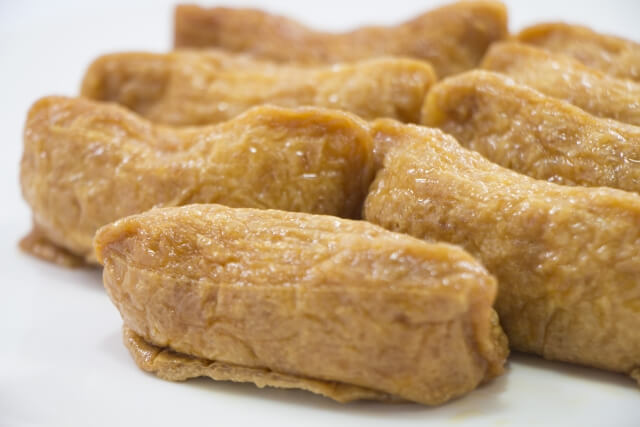

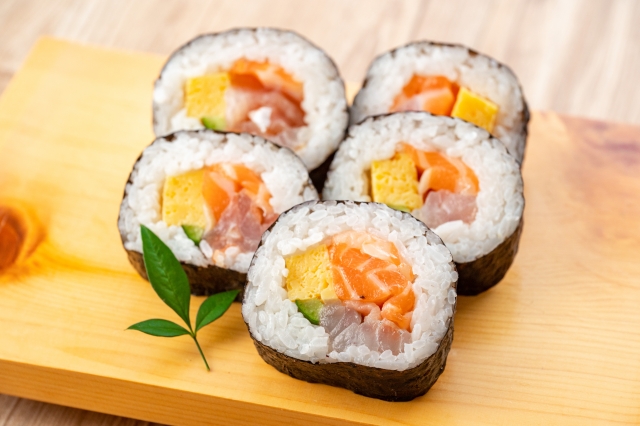

Well, the right answer is… All of them are! Were you right? Most people only know the Nigiri sushi on the top right corner as sushi. This is what “out-of-towners” often refer to as sushi. Let’s talk more about the different types of sushi!
1. Nigiri sushi
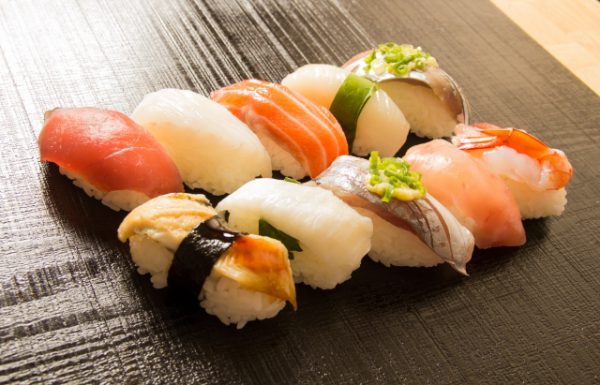
Many people actually think that only Nigiri sushi is sushi. This is definitely the most popular type of sushi of all. It is also really difficult to make.
Did you know that sushi chefs study anywhere from five to 10 years to make good sushi, minimum? If you watch the documentary Jiro dreams of Sushi, you will get an idea of how difficult it is to make the perfect sushi and how long it takes to get a skill for making perfect sushi. But because there are so many great sushi restaurants, most people will stick to eating the Nigiri, but not learn how to make it.
2. Maki sushi (Roll sushi)

Maki sushi is also popular. In fact, in some countries, this is the only version of sushi that is known. Maybe this is because it is easier to make Maki sushi than Nigiri sushi. Maki is made in rolls and sliced into round bite-size pieces. The ingredients of the maki roll are rolled up and covered with a layer of nori (seaweed) and rice. When people make sushi at home, this is often the type they produce. There are several type of Maki sushi, thick, thin or hand rolled.
3. Chirashi sushi
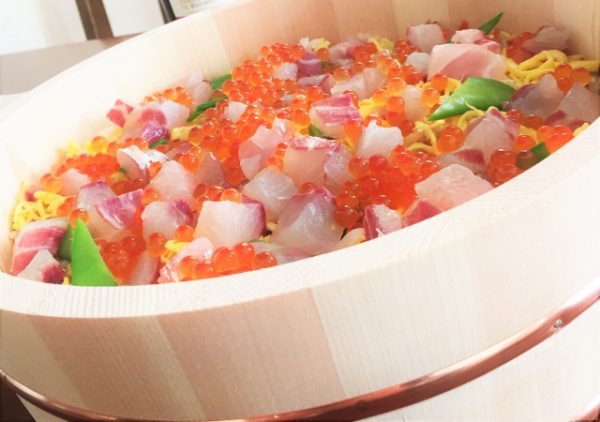
This type of sushi is probably the easiest to make. Chirashi, literally scattered, is also known as chirashisushi and it is basically a big bowl of rice mixed with fish, vegetables, and other ingredients of your choice. It is similar to it’s Hawaiian little brother the powe bowl.
To make Chirashi sushi is quite simple: Firstly, just cook sushi rice and cut seafood. You can either mix everything or serve the fish on top of the rice. It’s colorful and tasty!
4. Inari sushi
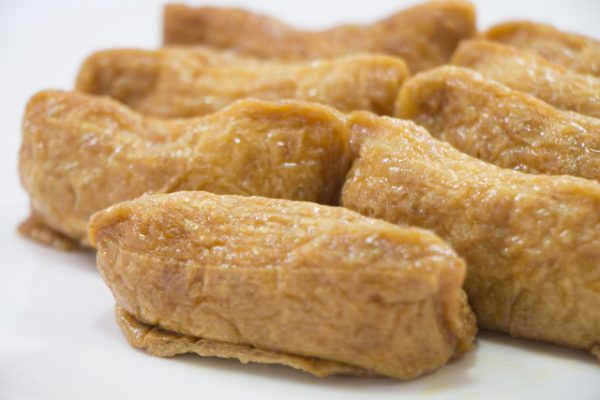
Inari sushi is also popular food in Japan. It can best be described as a rice ball as it is basically rice drenched in vinegar that is wrapped in fried tofu. It is vegetarian and vegan-friendly.
These are the four common types of sushi that every Japanese person knows, but every region has its’ local version, so there are as many variations as there are regions. You might see more than just these four because of the local twist.
The Sushi Etiquette
When you order sushi, both as a quick bite as well as a luxury dining experience, there are some do’s and don’ts. To have the best experience we recommend you to order omakase style; leave it up to the chef. The chef knows the best fish that day!
Chopsticks or hands?
Sushi can be eaten with chopsticks, but it is also common to eat sushi with your hands, especially when it is Nigiri or Maki. Before eating, you dip the fish in soy sauce – the rice is already flavored with vinegar, so it doesn’t need seasoning -, but only when the sushi is not served with any other sauce (when you order omakase style, the chef will tell you).
Eat the sushi in one bite, it is considered rude to bite it in half!
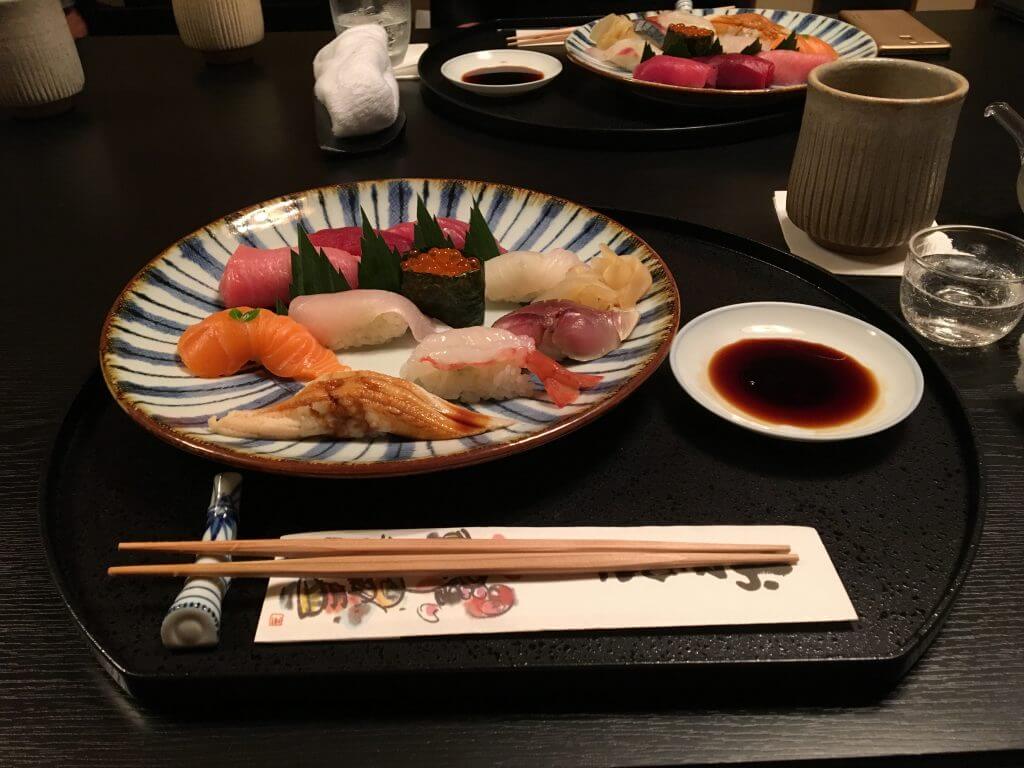
Wasabi
Traditionally you do not add any extra wasabi to sushi, because the chef will have it prepared with the appropriate amount wasabi already. Nowadays, it is widely accepted to add some extra wasabi to your own taste. You can top the fish with some wasabi or add soy sauce.
When no wasabi or soy sauce is offered, do not order it. There is an unwritten rule that less is more, and some sushi is best enjoyed without any other added flavors.
Ginger (Gari)
In between the different sushi pieces, you can neutralize your taste buds with some pickled ginger called gari in Japanese. It also serves as a digestion aid. Make sure not to dip the ginger in the soy sauce, nor should you eat it with sushi!
Sushi Making Classes
Learning how to make sushi is a fun experience and a popular activity to do in Japan. Besides eating some fresh sushi and learning more about it, it is something that can be done all year round: there is always fresh fish!
How about taking a sushi-making workshop in Japan and learning from the best? There are many different options, with different prices at different places. We will list some that we think are good value for money and worth your time!
Tokyo – Sushi Making Workshop in Tsukiji
Tsukiji Fish Market is one of the biggest fish markets in Japan. In this sushi-making workshop, you will learn how to make sushi from a master in Tsukiji! This 90-minute workshop leads you to experience the basics of sushi-making and see master’s professional skills up close. You can also learn the history and culture behind sushi during the workshop.

Sushi Making Class in Tsukiji
90 minutes
¥7,400
Tokyo – Tsukiji Fish Market & Sushi Making
When you have some extra time on your hand, why not make it a half-day activity? With this tour in Tokyo, you will visit the Tsukiji Market first. At the market, the guide will explain more about Japanese cuisine, and the ingredients and you will also have the opportunity to try several Japanese food items like katsuobushi bonito flakes and amanattō. After you have learned all about typical Japanese items, you will learn how to prepare sushi from a sushi chef.
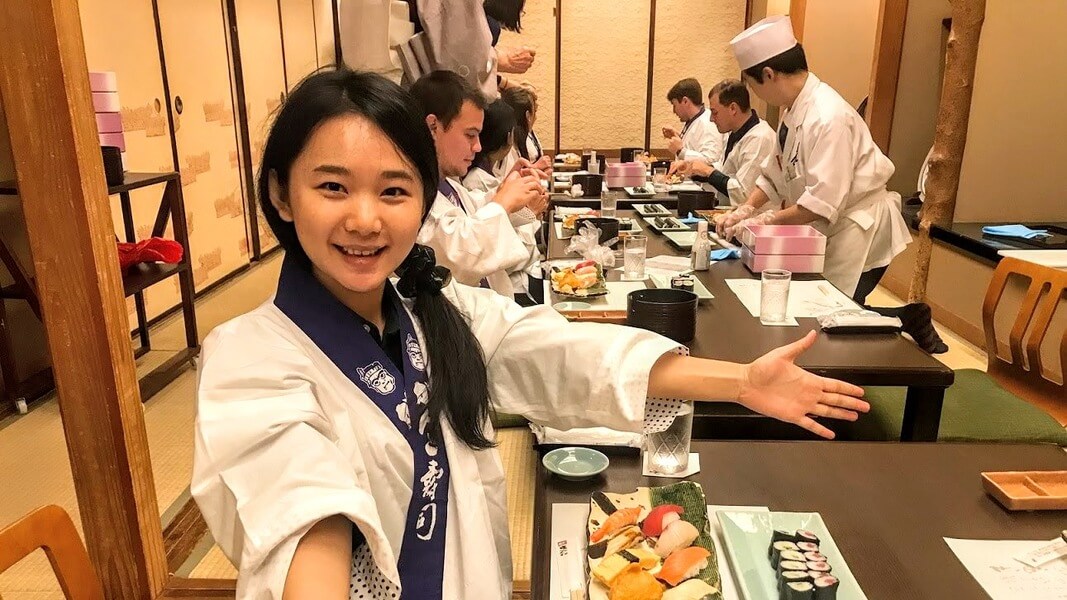
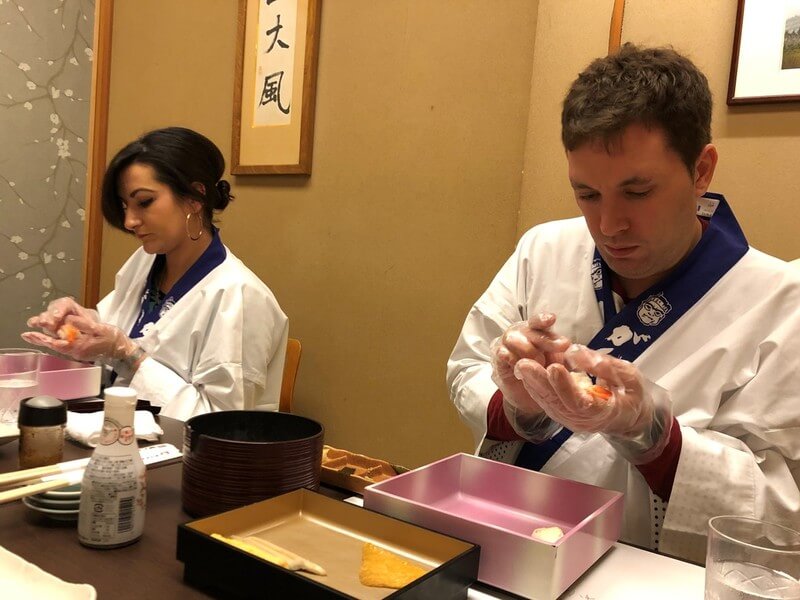
Tsukiji Market & Sushi Making Experience
4 hours
¥16,000
airKitchen sushi classes
Through airKitchen, you can choose from many sushi making classes all over Japan that offer an intimate cultural exchange experience. The classes are hosted by Japanese locals, and most of them take place at home. This type of experience not only gives you an idea of the tradition of sushi making but also gives you a rare glimpse into the daily lives of Japanese people.
airKitchen
Prices vary between ¥4,000 – ¥13,000 per person and all hosts speak English.
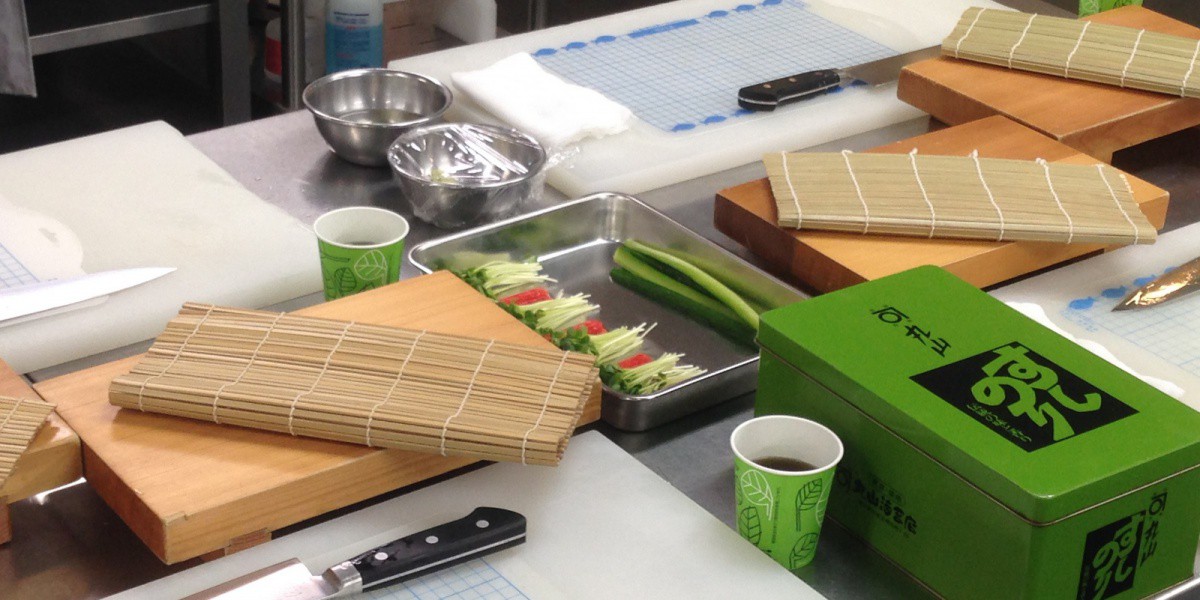
What is your favorite sushi? Learn how to make it while also learning more about the ingredients and become a sushi chef yourself. It is a fun experience and also very tasty!
Follow us on Instagram or Facebook for more travel inspiration. Or tag us to get featured!
Happy traveling!
This post contains some affiliate links. When you click through and make a purchase we may receive some commission, at no extra costs to you.
Articles you might also like:

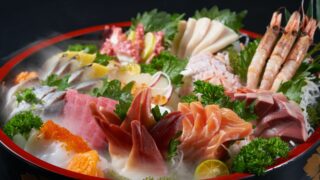
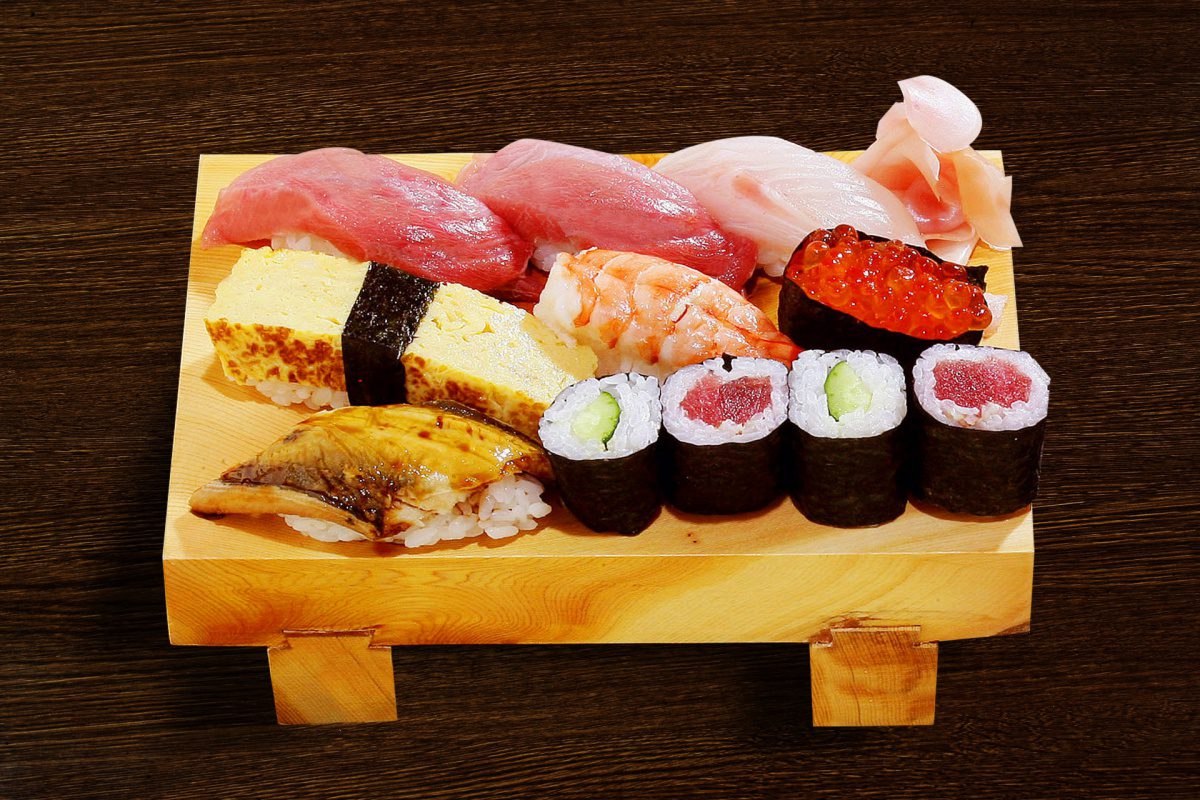
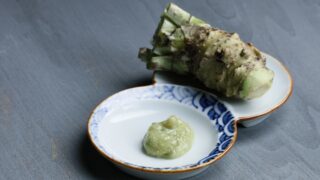
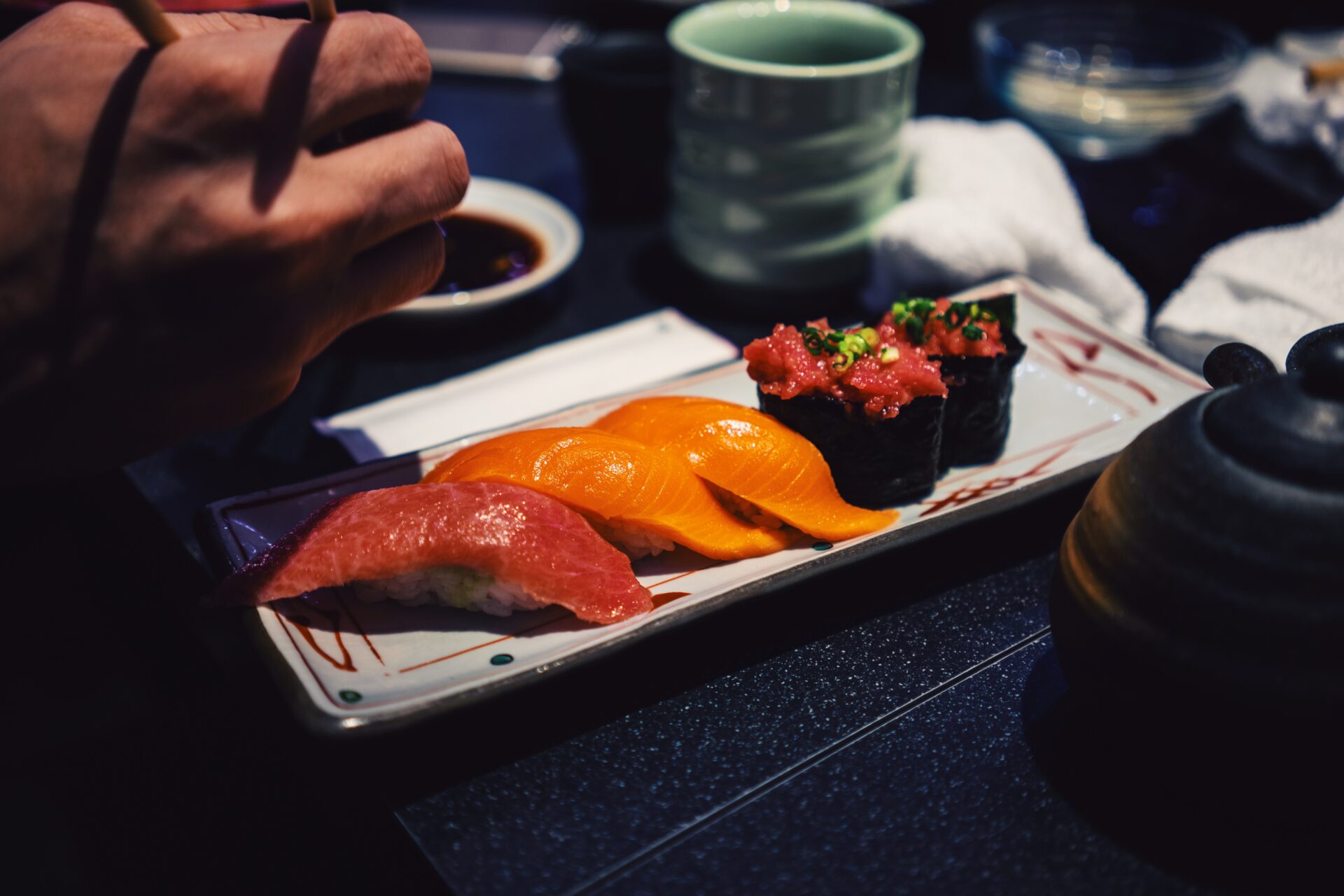
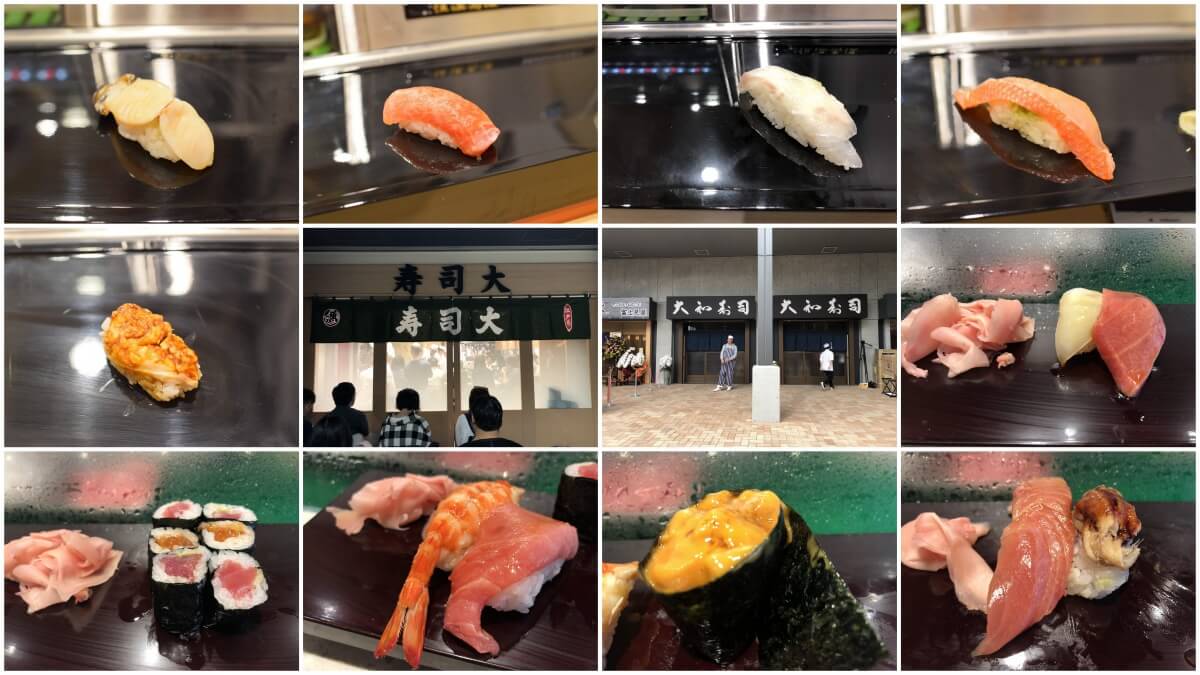

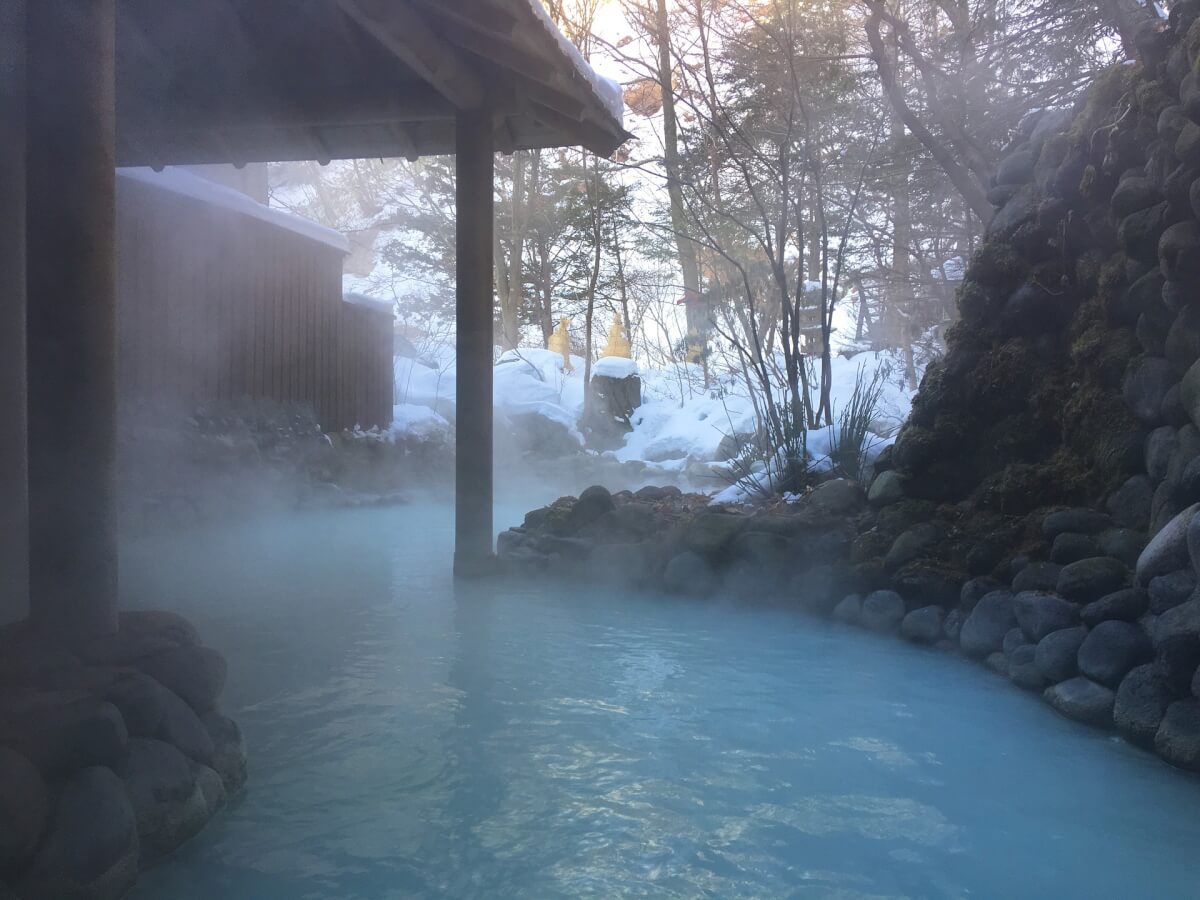
Comments
I need to arrange a group of those who want to open Japanese restaurants in Thailand. I want to know the duration of each course.
Hi Shirley-san,
Apologies for the delay in our reply. The duration depends on the type of class, generally a sushi making only experience will take about 1,5 – 2 hours. But perhaps in your case you also would like to combine it with a visit to a market to learn more about the Japanese cuisine? You can always write us an email at staff@knotworld.com for more information.
Best, JWT
Nice blog. Japanese cuisine is known for its simplicity.